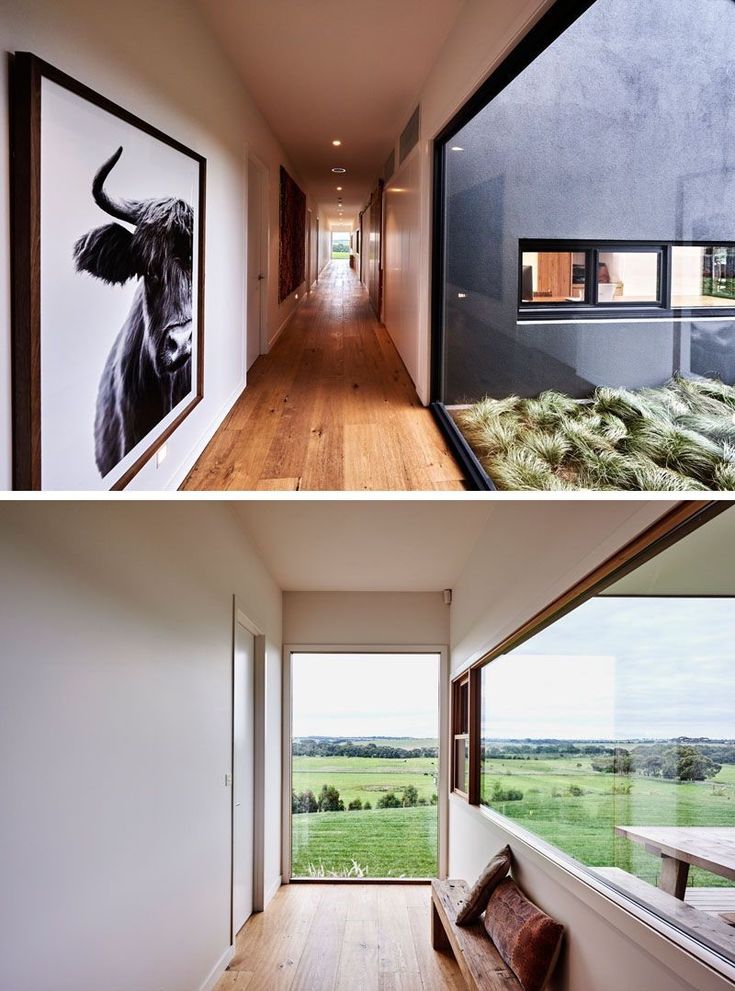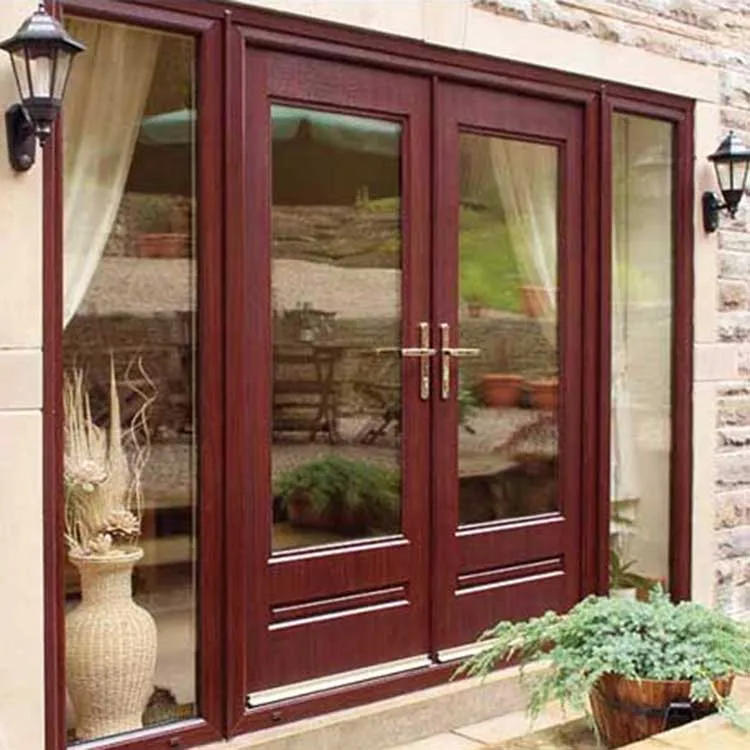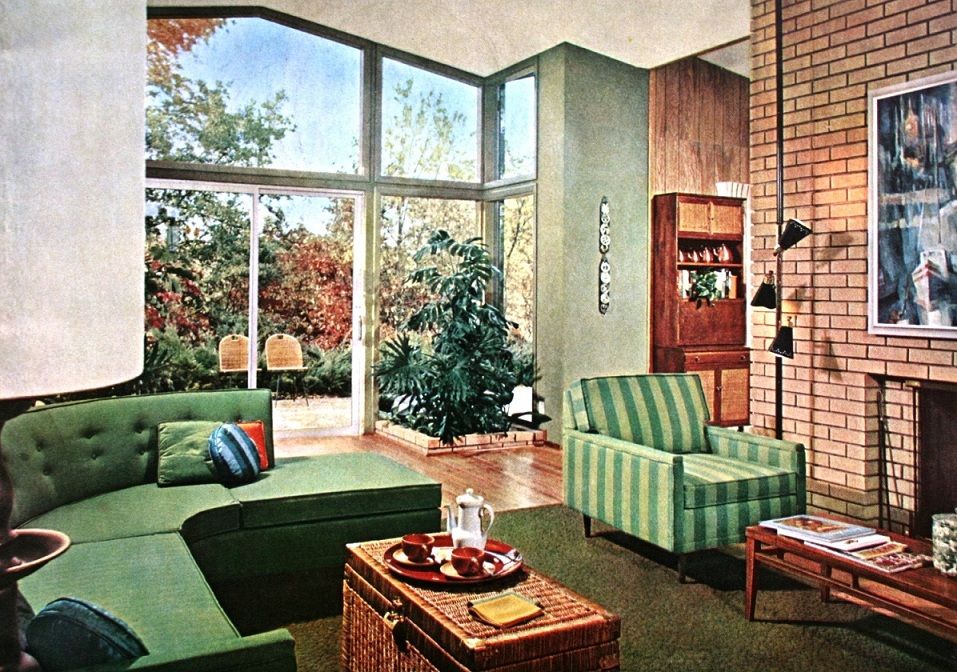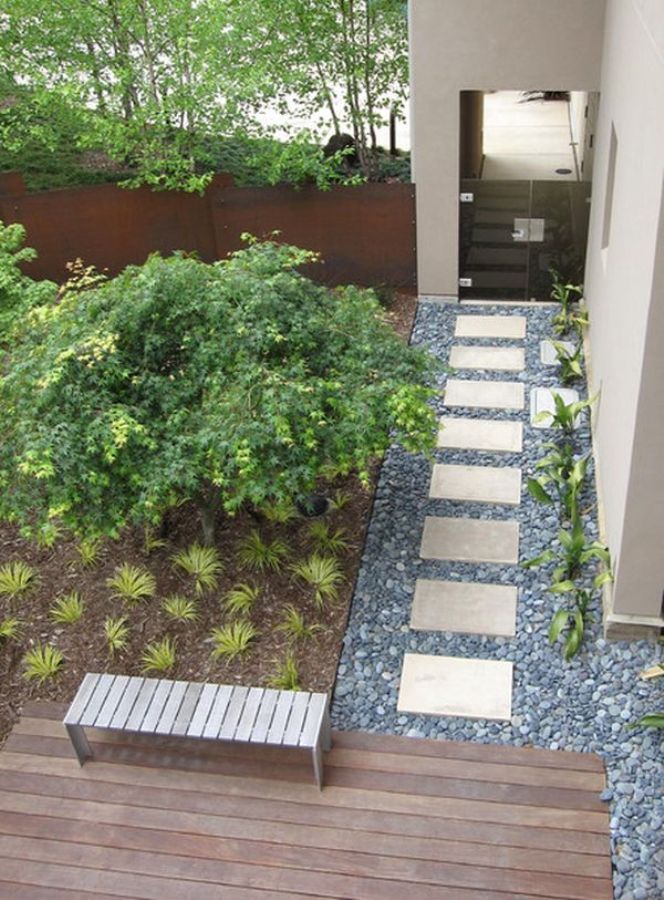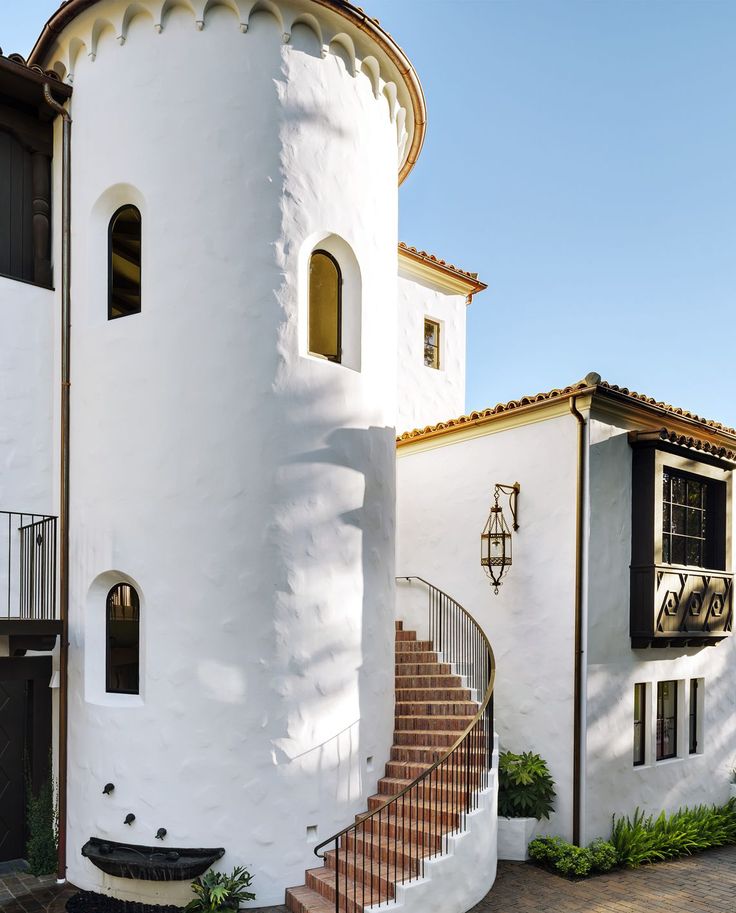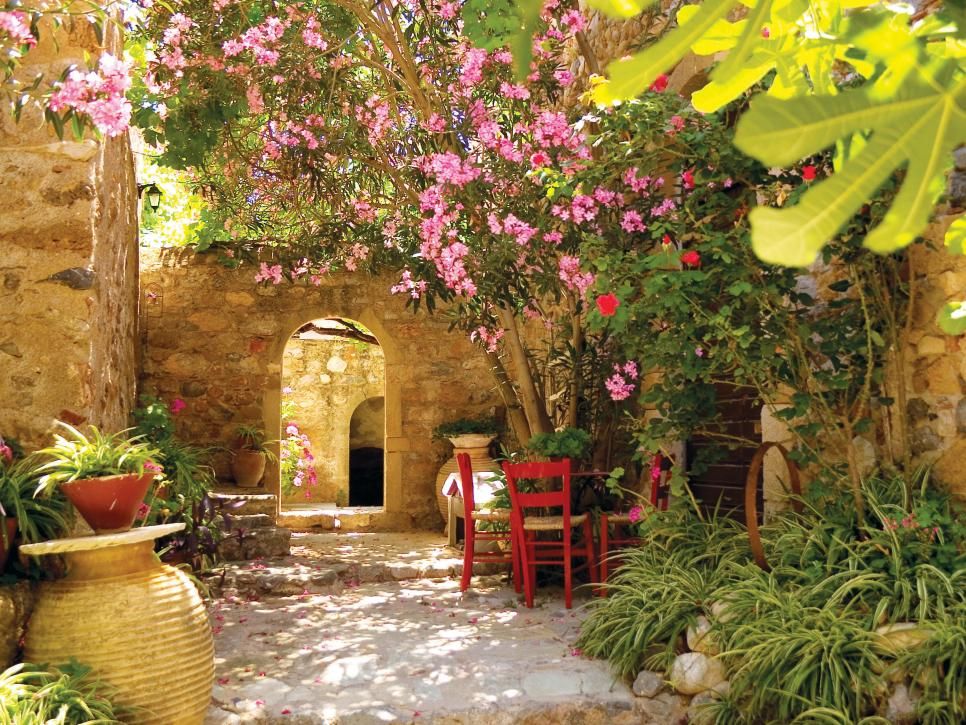What are the elements of interior design
7 Elements of Interior Design
Seven often seems like a magic number, and there’s no exception when it comes to interior design. If you’ve been stuck in a home decor rut, look to the seven elements and principles of interior design for creative inspiration. You might be surprised at how much you can learn by going back to the basics. Just read on to find out for yourself!
What Are the 7 Basic Elements of Interior Design?
As the old saying goes, “The whole is more than the sum of its parts.” The same thing is true for interior design — which is really just an illusion created by balancing different elements effectively.
Think of it like this: learning about the ingredients that go into your favorite recipes will help you master cooking. In the same way, learning about the design elements that go into your favorite styles will help you master decorating.
So what are the seven key elements of interior design? They include:
- Color
- Form
- Light
- Line
- Pattern
- Texture
- Space
Color
Color is more than just an aesthetic choice — it can also influence the entire mood and feeling of a space. For example, most people think of red as a “passionate” or “intense” hue, while blues and greens are usually perceived as “tranquil” or “soothing” and yellow is often associated with words like “happy” and “optimistic.” Think about not only your visual preferences, but also, the sort of energy or attitude you’re trying to cultivate when deciding on a color scheme for your room.
Form
“Form” is simply another term for “shape,” expressing the contours of any artwork, furniture, or other 3-D object you could imagine. Furniture, sculpture, and even rooms themselves can take on two types of forms: organic forms (which are natural and irregular, with curvy or abstract shapes), and geometric forms (which feature sharp, man-made lines and edges, like squares or triangles).
Light
Have you ever cringed at a photograph that was taken in bad lighting? Then you already know the power that lighting has to affect our perception!
Quality lighting is integral to any space, whether its sources are natural, man-made, or some combination of both.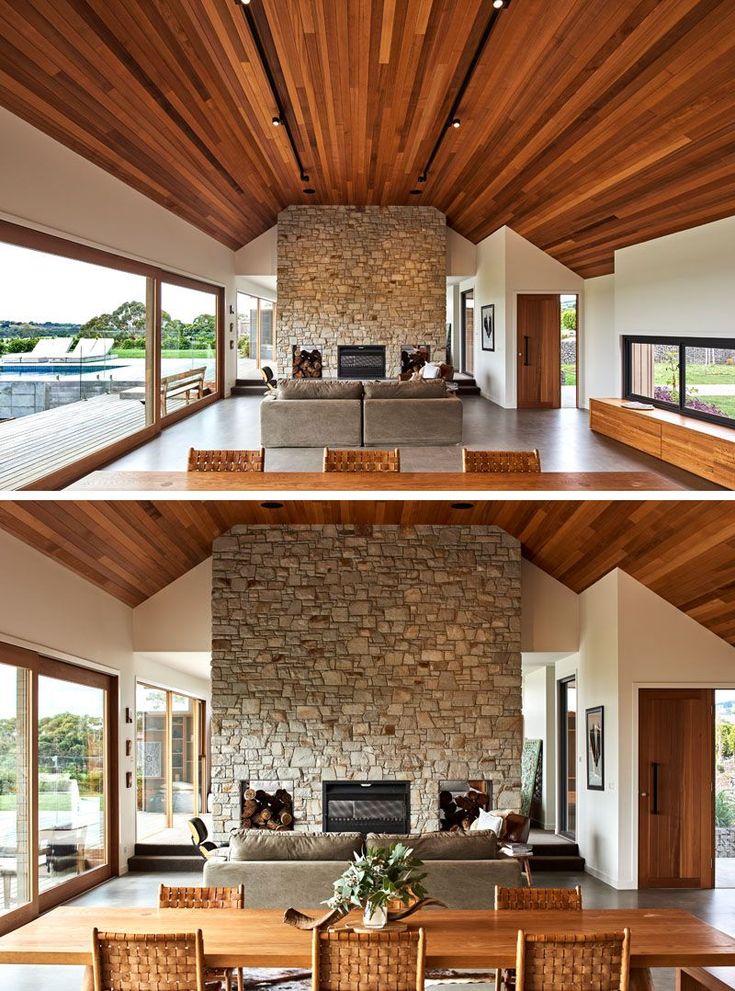 When choosing lighting for your room, think about factors like the color of the light (cool blue or warm yellow?), the light intensity (bright for cooking, or soft for reading?), and whether the light should be dimmable.
When choosing lighting for your room, think about factors like the color of the light (cool blue or warm yellow?), the light intensity (bright for cooking, or soft for reading?), and whether the light should be dimmable.
Line
Think of line as the perimeter around a form or shape. For example, if you were to draw any object in the room, you would probably start with its outline.
Lines can be “vertical” (up-and-down), “horizontal” (side-to-side), or “dynamic” (lines that express motion, like zig-zags or curlicues). Design experts say that horizontal lines create a feeling of security, while vertical lines are expressive and bold. Dynamic lines, which follow their own set of rules, can add a fun, exciting touch to any space when used strategically.
Pattern
A pattern is the intentional repetition of forms, lines, or other design elements. Patterns usually pop up on wallpaper or fabrics, but can appear anywhere in the home, even in the use of light or other design elements.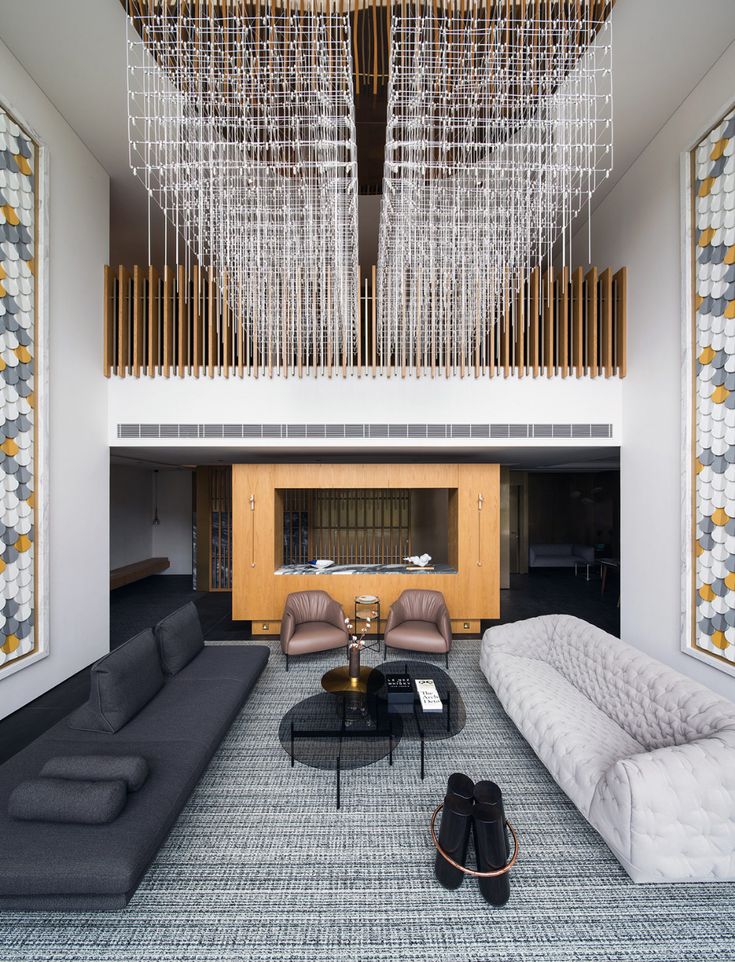 While patterns can add life and motion to a space, too many clashing patterns can start to look chaotic, so tread lightly when choosing your favorite prints.
While patterns can add life and motion to a space, too many clashing patterns can start to look chaotic, so tread lightly when choosing your favorite prints.
Texture
Not to be confused with pattern, texture is the way an object feels. This can mean the way the object literally feels to the touch, or the sense it gives when simply observing the object. For example, you might say that a surface looks “weathered” or “vintage” without actually touching it, thanks to the creative use of texture.
Careful consideration of texture is especially important in parts of the home that you contact frequently, like your flooring. We can help you find floors with the perfect, comfortable texture to start every day on the right foot.
Space
Last but not least, space is at the heart of virtually every design decision. There are two basic types of space to consider: 2-D space (which accounts for the length and width of a room), and 3-D space (which covers height). For example, only 2-D space is important when thinking of carpets or rugs — but you’ll need to think about 3-D space before adding new shelving or furniture. It’s also important to leave enough empty or “negative” space to allow for fluid, easy navigation (and break the room up visually).
For example, only 2-D space is important when thinking of carpets or rugs — but you’ll need to think about 3-D space before adding new shelving or furniture. It’s also important to leave enough empty or “negative” space to allow for fluid, easy navigation (and break the room up visually).
Get More Interior Decorating and Style Ideas From My Design Finder
Let color, form, space, texture, pattern, line, and light be your guide through the world of interior design. But if you need a few more pointers, head over to My Design Finder, where you’ll be matched with personalized design ideas. To learn more about how gorgeous custom flooring can express your style — and maybe even help you save money on your energy bill — contact us online, or call Flooring America at (866) 439-6743 today.
Visualize Your Flooring Dreams
Want a preview of how new floors will look in your home? Try our room visualizer, My Floor Style. Upload a photo of your room, select your style preferences, and get a virtual look at each different flooring style.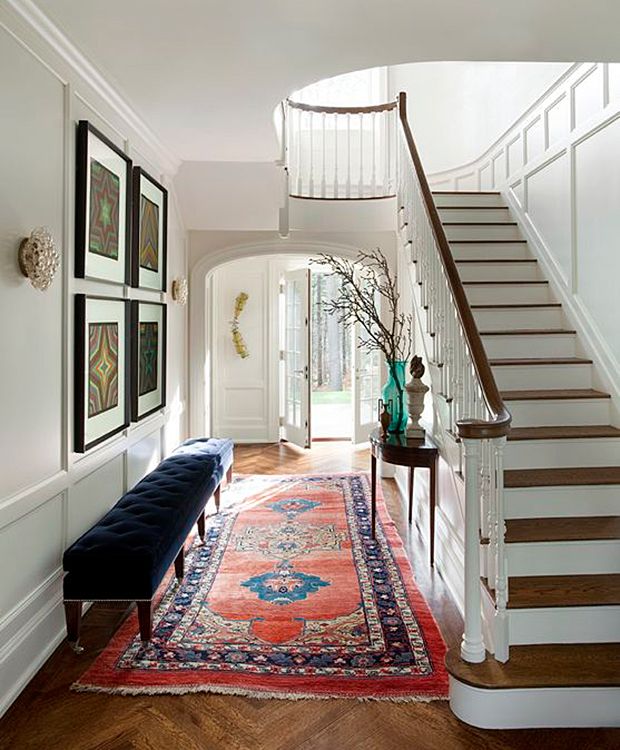 With My Floor Style, there are no surprises. Only beautiful new floors.
With My Floor Style, there are no surprises. Only beautiful new floors.
The 7 elements of design – and how to use them in your interiors
(Image credit: Ophelia Blake Interior Design Studio/Alexander James/Natalia Miyar)
The 7 elements of design are designed to help you balance an interior scheme so that the finished look is aesthetically pleasing, as well as functional. Design is a science, after all, as well as an art.
Addressing each of the elements that make up every design can enhance a room’s best features, compensate for any flaws, and create an interior that satisfies the eye, the sense of touch, and fulfils its practical role.
The seven crucial ingredients of design are right here for you – read on for inspiration.
- See: Interior design tips – decorating secrets for the world's top experts
The 7 elements of design consider space, line, form, light, color, texture and pattern.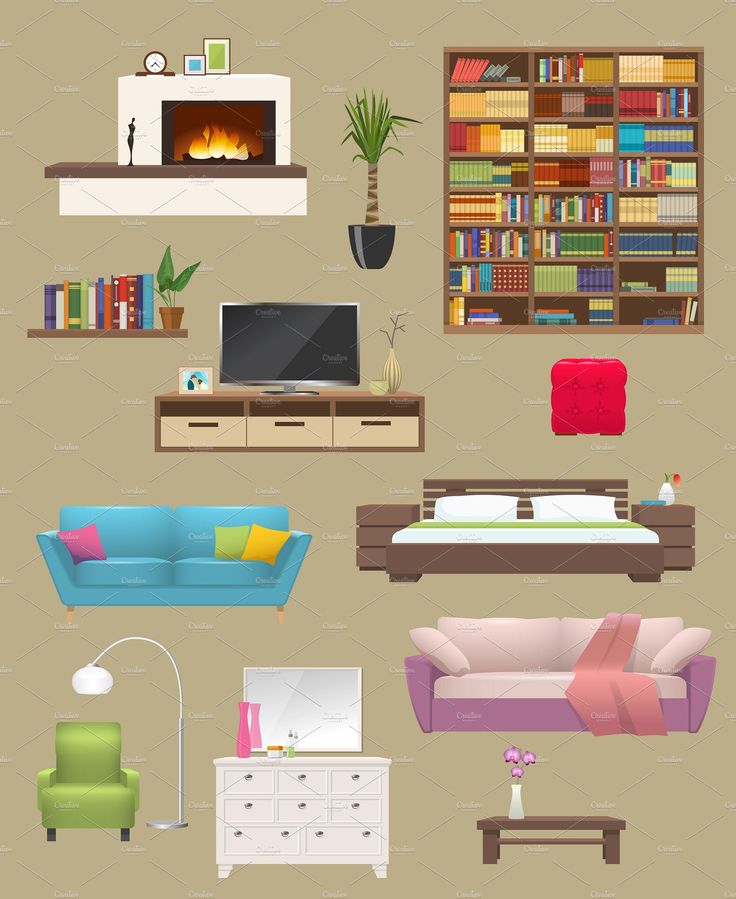 A balance of these elements is vital to every scheme.
A balance of these elements is vital to every scheme.
1. Space
(Image credit: Stefani Stein)
'Space' refers to the distance between and around furniture and objects and their proportions within a room. Getting the balance within a room just right relies on using both 'positive' and 'negative' space just right.
Positive space is where the room’s objects – such as a sofa and armchairs – are positioned, while negative space refers to the gaps in between, and includes circulation space for navigating through the room, as well as the areas left open to prevent the room from feeling cluttered.
An appropriate balance between the two is vital for a room to feel well laid-out. One with more negative space will feel more spacious, larger and perhaps bigger – but too much negative space can also make a room feel under-furnished and impersonal. A room with too much positive space taken up can, on the other hand, feel crowded and over-furnished.
How to get this right? The beauty is very much in the eye of the beholder – if you like find a cluttered room homely, using more negative space will suit you.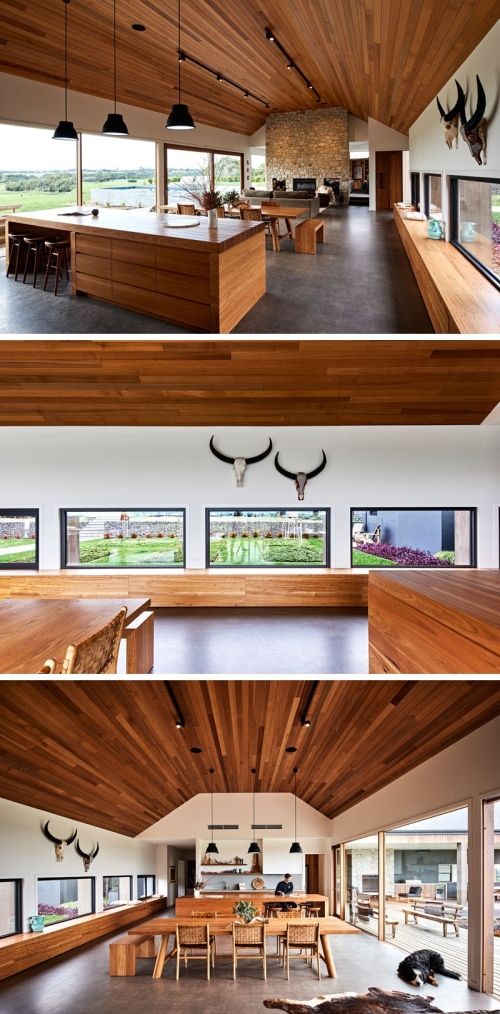 However, as a general rule, thoroughfares in a room need to be at least 1m wide, while gaps between, say, a sofa and a coffee table, is comfortable at around 50cm.
However, as a general rule, thoroughfares in a room need to be at least 1m wide, while gaps between, say, a sofa and a coffee table, is comfortable at around 50cm.
This open-plan living space by LA based interior designer Stefani Stein is a good example of how to get it right.
2. Line
(Image credit: 2id interiors)
Both the structural features and the room’s furnishings can create lines that profoundly influence the feel of the space, and they can also be employed to bring attention to a focal point. As well as horizontal and vertical, they can be dynamic.
Horizontal lines, such as those of tables, bring a sense of stability to an interior. They can also make a room feel wider. The vertical lines of the room come from features like windows and doors or maybe a tall fireplace. They’re prized for giving a feeling of freedom and can make a room seem taller. Choosing a tall piece of furniture, for example, can lead the eye upwards and visually heighten the room. In any scheme a balance between horizontal and vertical lines is essential.
In any scheme a balance between horizontal and vertical lines is essential.
Dynamic lines like diagonals, zigzags and curves could come from a feature such as a staircase, but also can be created with tiling laid diagonally. They’re eye-catching and they inject a scheme with energy.
3. Form
(Image credit: Stefani Stein)
Form is shape, and that includes the shape of the room itself along with the objects within it like furniture, artwork and decorative accessories. These shapes might be geometric – those that have precise lines and angles – or natural – not just the irregular shapes of nature but curvaceous pieces.
Key with these forms is – once again – balance and natural shapes can bring softness to an interior in contrast to the stronger geometrics.
4. Light
(Image credit: Paul Raeside)
The vast majority of interiors make use of both natural daylight and artificial illumination. While the quantity and quality of daylight might seem fixed, it’s worth remembering that it can be filtered with drapery and window coverings.
It can also be boosted where it’s lacking with techniques such as hanging mirrors, borrowing it from other rooms, and, again, with a window treatment, although in this case one that allows maximum light to reach the room.
Artificial light comes from the room’s ambient or background lighting, the accent lighting that draws attention to objects or features, and the task lighting that makes a kitchen safe for food preparation, an office desk bright enough for working, or an area of a living space comfortable for reading.
Dimmer switches allow changes of atmosphere to be achieved with the lighting, while the choice of the light fixtures and fittings themselves will contribute to the room’s appearance.
- See: Living room lighting ideas – wonderful ways to light your living space
5. Color
(Image credit: Alexander James)
Color is important not just because it creates a mood in a room, but because it has the power to make a room feel larger, lighter, or cozier. Of course, it’s vital that the color selected complements the room’s use with more restful shades for bedrooms, for example, or energetic hues in a home office.
Of course, it’s vital that the color selected complements the room’s use with more restful shades for bedrooms, for example, or energetic hues in a home office.
The hour of the day, and whether it’s seen in natural light or artificial will affect a color’s properties, so success in using it means considering this before making a selection.
Discover more about the importance of accent colors and how to use them in our guide.
6. Texture
(Image credit: Davide Lovatti)
Texture counts because of how it feels, of course, but also because of how it looks, and every part of a room scheme from furniture and floorcoverings to fabrics and decorative accessories contributes to the selection of textures in a room. Mixing textures and contrasting them add to the depth and interest of the room scheme.
7. Pattern
(Image credit: Natalia Miyar)
Pattern’s another element that adds interest and life to a room, just like texture, and might come from an area rug, wallpaper, soft furnishings and artwork.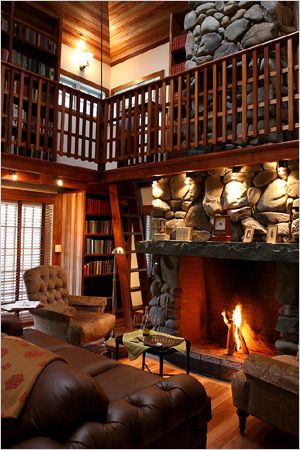 The style of the pattern whether that’s floral, geometric, abstract or any other design should be in harmony with the overall style of the scheme.
The style of the pattern whether that’s floral, geometric, abstract or any other design should be in harmony with the overall style of the scheme.
Also important? The scale of the pattern in relation to the space, and the area which it covers so that the interior doesn’t become hectic.
You can find out more about how to mix pattern in a room in our masterclass.
Room design by Natalia Miyar .
Sarah is a freelance journalist and editor. Previously executive editor of Ideal Home, she’s specialized in interiors, property and gardens for over 20 years, and covers interior design, house design, gardens, and cleaning and organizing a home for H&G. She’s written for websites, including Houzz, Channel 4’s flagship website, 4Homes, and Future’s T3; national newspapers, including The Guardian; and magazines including Future’s Country Homes & Interiors, Homebuilding & Renovating, Period Living, and Style at Home, as well as House Beautiful, Good Homes, Grand Designs, Homes & Antiques, LandLove and The English Home among others.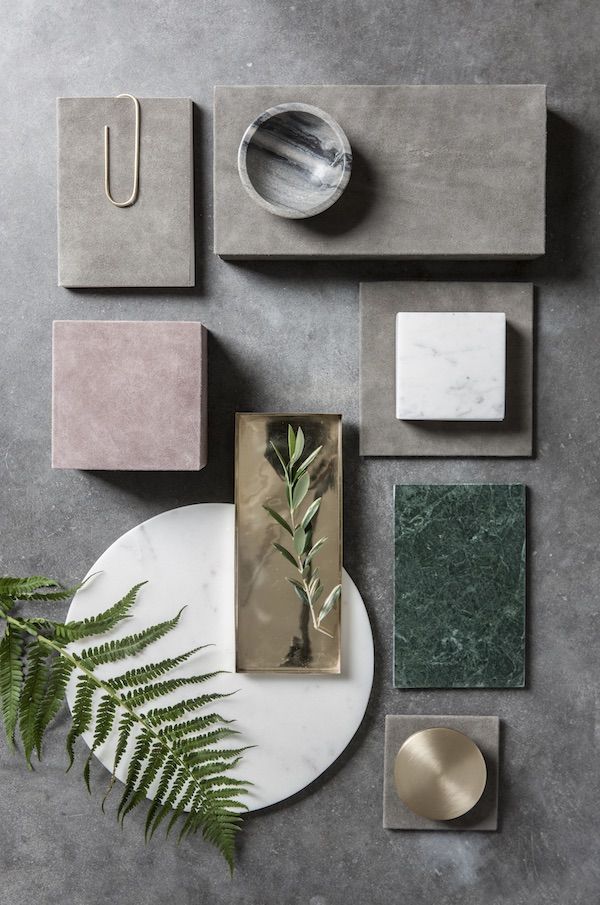 It’s no big surprise that she likes to put what she writes about into practice, and is a serial house renovator.
It’s no big surprise that she likes to put what she writes about into practice, and is a serial house renovator.
Seven elements of interior design Decor and interior design
Interior Decor & Design > Sitemap > Designer Tips > The Seven Elements of Interior Design
Article content:
We've all experienced interior design frustrations. Whether you decide to go in a new direction using existing furniture or start from scratch in a new home, there will always be obstacles in your way. Interior design may seem intimidating, but it's actually not all that complicated. When you break down an interior design into its main components, the process becomes much easier.
Along with design principles, there are seven interior design elements that must work together synergistically to make a visually pleasing room together. If you use these design elements as a guide to decorating your home, the results will be nothing short of breathtaking! The correct selection of materials is also very important, which you can see here https://gorod-masterov.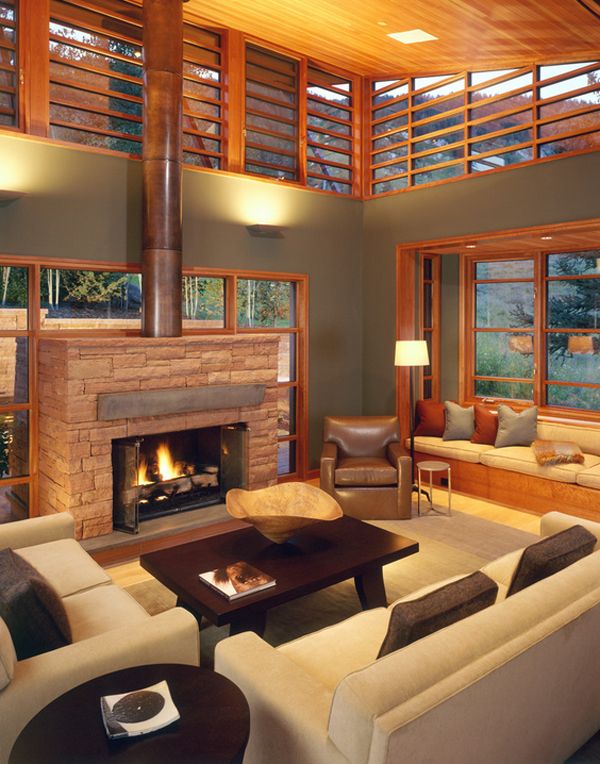 ru.
ru.
What are the 7 elements of interior design?
1. Space
Space is the main element of interior design. Refers to the physical boundaries of a room. Unless you're an architect, you usually can't choose the dimensions of the room you're designing. Therefore, you have to look for the best solution, how to use the existing space, and how to plan the room according to your interests.
Space provides limits on how much you can fit in a room. If your room is small, don't overload it with furniture and accessories. If your room is large, don't skimp on furniture.
2. Texture
A texture element is defined as “the feel, appearance, or texture of a surface.” It can refer to rough or smooth finishes, glossy or dull surfaces, and soft or rough textiles. If you have decorated a room, you understand the importance of texture. Everything from fabrics and furniture to decorative accessories brings different textures to the space.
Texture can be used to enhance a room's existing functions or add extra dimension to a space. In a small, dark room, furniture with a smooth, shiny finish can add a reflective quality and give the space a sense of natural light. Conversely, in a large, bright room, rough textures can help balance out the excess natural light.
3. Light
The element of light refers to both natural and artificial light sources. Light goes hand in hand with texture and is also closely related to color—without a light source, color cannot exist. Light helps create a mood in a room. Subdued lighting usually creates a cozy, romantic atmosphere. On the other hand, rooms flooded with natural light tend to feel spacious and cheerful.
Light also plays a functional role in interior design. The light can illuminate work, dining, and reading areas, or be used to highlight specific items in a room, such as paintings, sculptures, or other works of art.
4. Color
Color, along with light, is considered one of the key elements of interior design. It is used to create aesthetically pleasing combinations and also works on a psychological level. You've probably heard that red stimulates the appetite. It is for this reason that it is often used in canteens.
It is used to create aesthetically pleasing combinations and also works on a psychological level. You've probably heard that red stimulates the appetite. It is for this reason that it is often used in canteens.
Colors can literally transform a home. A dark, depressing space can become bright and cheerful with a simple color makeover. Color can also create certain moods and images. Using cool and neutral colors can convey peace and tranquility. Rich jewel tones can make a monotonous space feel luxurious and regal. Incorporating reds, oranges and yellows into a sterile white room can add a sense of warmth and comfort.
5. Pattern
As a design element, pattern often works in combination with color. It is used in interiors to add life and interest to room furnishings. Similar to texture, pattern can be used to add dimension to surfaces.
Pattern is usually created by repeating patterns in fabrics, carpets, tiles, painting techniques and wallpapers. Just think how boring a room would be without a picture!
6.
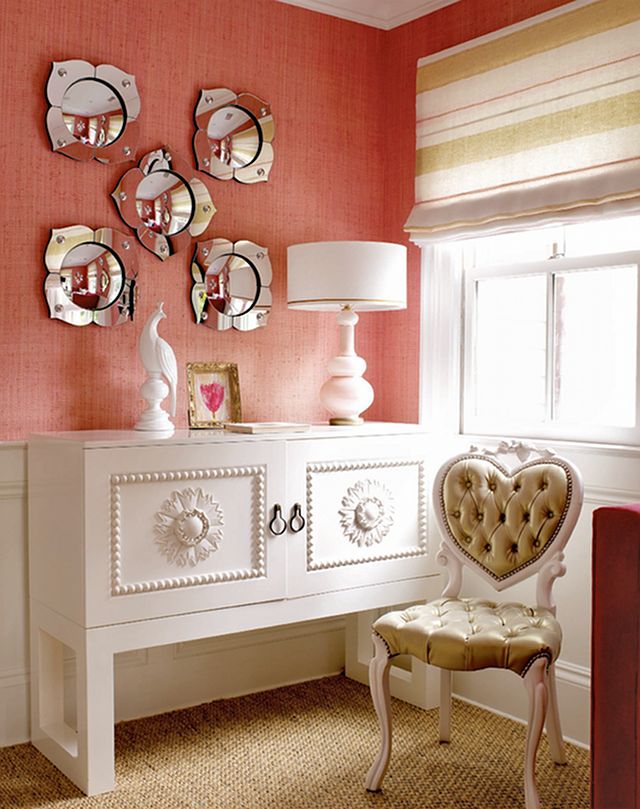 Line
Line Line, as it relates to interior design, refers to the "lines" created by the furniture and architecture of the room. The lines in the room give it shape and shape. The line is responsible for harmony, contrast and unity in interior design. It indicates movement and guides the eye across the room.
Line refers to the boundaries of both straight and curved surfaces. The dynamic nature of the diagonal lines creates drama and movement in rooms with stairs or contemporary fabric patterns. Curved lines can be found in furniture, windows, and arched doorways. Feminine curves often serve to unify and soften horizontal, vertical, and diagonal lines in a room's design.
Horizontal lines are most often found in furniture such as tables, chair backs, bookshelves and media centers. They play an important role in interior design, balancing the vertical lines found in most spaces. Look around your house for examples of vertical lines and you will find them everywhere.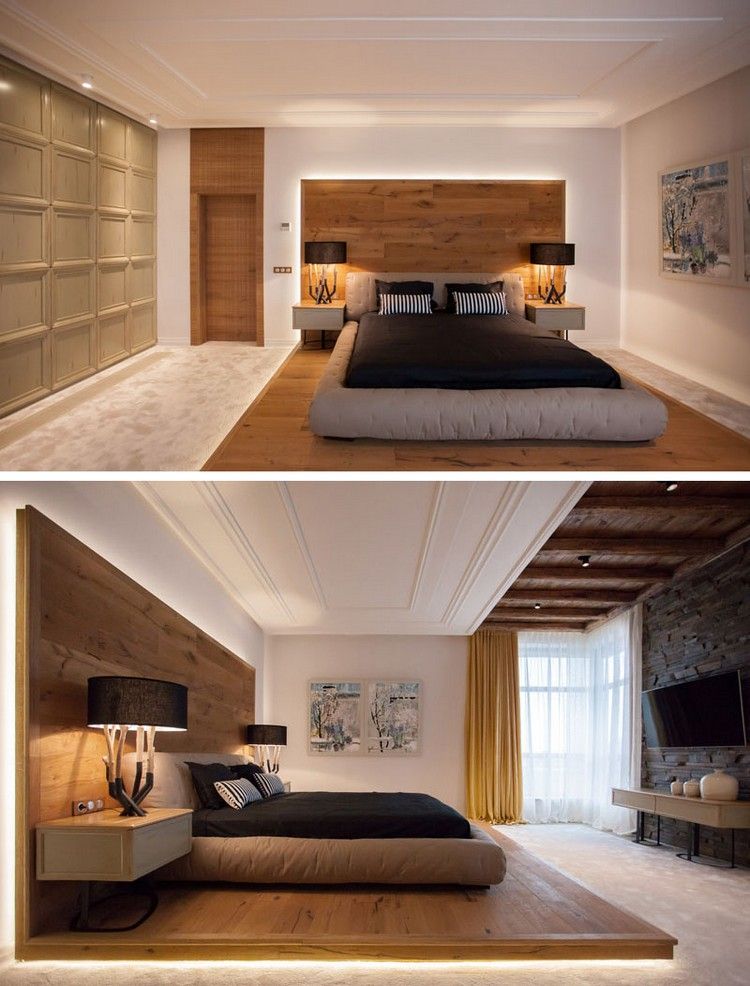 Windows, curtains, doorways, columns, and tall pieces of furniture all create the illusion of height in your home.
Windows, curtains, doorways, columns, and tall pieces of furniture all create the illusion of height in your home.
8. Form
The term "form" is often used interchangeably with the term "form" in interior design. It is a close relative of the line in the sense that it can be used to create different sensations and effects when applied in accordance with interior design principles.
A long dining table placed in a rectangular room can create a sense of harmony. Add a row of round pendant lights above the table and you achieve contrast and a sense of balance. However, keep in mind that using many different shapes in the same room can lead to confusing and disjointed designs.
Help the project, share with your friends ;)
Contemporary and decor items -
Objects and decor items play an important role in any room. They help to place accents, add variety to the color scheme, and provide the space with a complete appearance.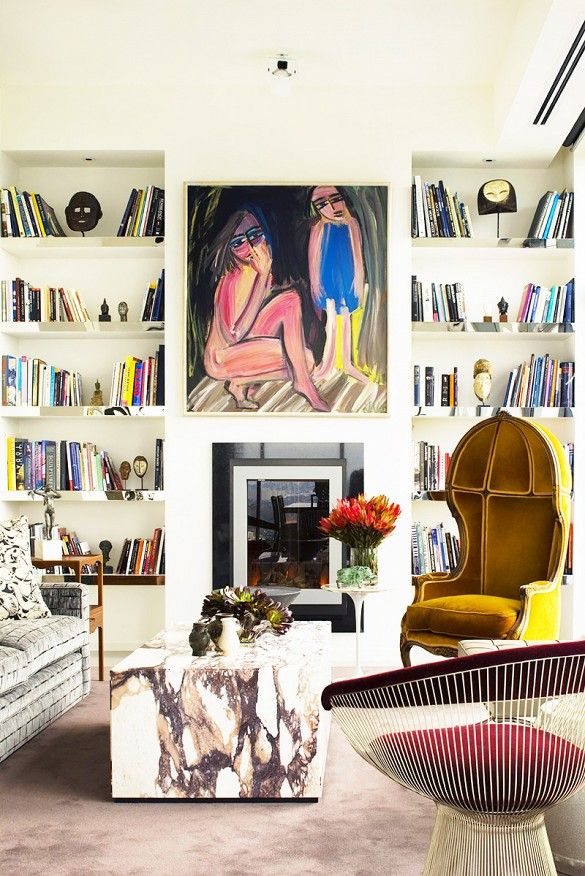
Such things often do not have a functional load at all, but still contribute to the creation of a cozy, inviting and warm atmosphere. It is they who often act as the component that distinguishes a room where it is pleasant and comfortable to be, from sterile and soulless government offices or hospital wards with modern furniture and decoration.
Objects and decorative elements are those little things that help transform the interior. They can play a key role, forming complex design compositions, or remain in the background, emphasizing the overall design concept or acting as a not-so-striking addition.
A variety of decor items are in demand for interior design. These can be both things made by hand from improvised materials, as well as floristic compositions with stabilized flowers correctly selected by specialists. Fortunately, modern technologies are constantly expanding the choice of various items and interior elements.
What are the elements of decor for the interior
In a broad sense, decor is a variety of items used to design and decorate various rooms.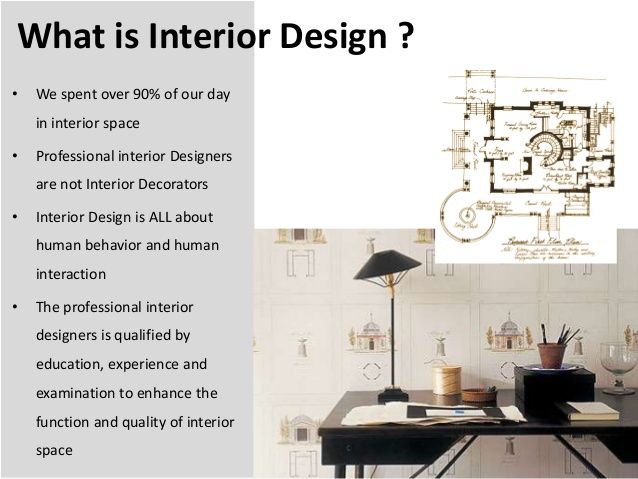 Depending on the characteristic features, it can be divided into three groups:
Depending on the characteristic features, it can be divided into three groups:
- architectural decor. In fact, these are elements that are part of the decoration, for example, columns, arches, gables, window openings of the original form, etc.;
- sculptural decor. Within this group, the widest range of products is presented, ranging from various figurines to plaster or clay compositions;
- picturesque decor. The most striking representative of this type of interior items are paintings.
Interior design elements are also classified by origin.
These can be the following items:
- made by the owner of the interior;
- custom made;
- mass production.
Items of the first two categories are considered more valuable, as they are associated with the creative process, and are more likely to bring individuality, originality and originality to the design.
Decor created to order by specialized professionals is often even more valuable than making it yourself. It is suitable for complex stylistic decisions, allowing you to ensure that the finished decor fits perfectly into a specific concept. That is why exclusive floral arrangements are ordered from florists, and forged products are ordered from special workshops working with metal.
It is suitable for complex stylistic decisions, allowing you to ensure that the finished decor fits perfectly into a specific concept. That is why exclusive floral arrangements are ordered from florists, and forged products are ordered from special workshops working with metal.
All decor items can also be divided into groups depending on their location in the interior:
- Floor standing: various large vases, lamps, ornamental trees, etc.
- Table: clocks, lamps, figurines, flower arrangements.
- Wall: paintings, clocks, mirrors, sconces, phytopanels.
- Ceiling: chandeliers, various lamps, mirrors, etc.
In the world of modern technology, new techniques appear every day, innovative materials are used for the manufacture and processing of decor. Therefore, decorative elements and objects can be classified according to the materials from which they are made.
The most popular are:
- wooden items. They can be made from various breeds, provide elements of carving and other design;
- stone.
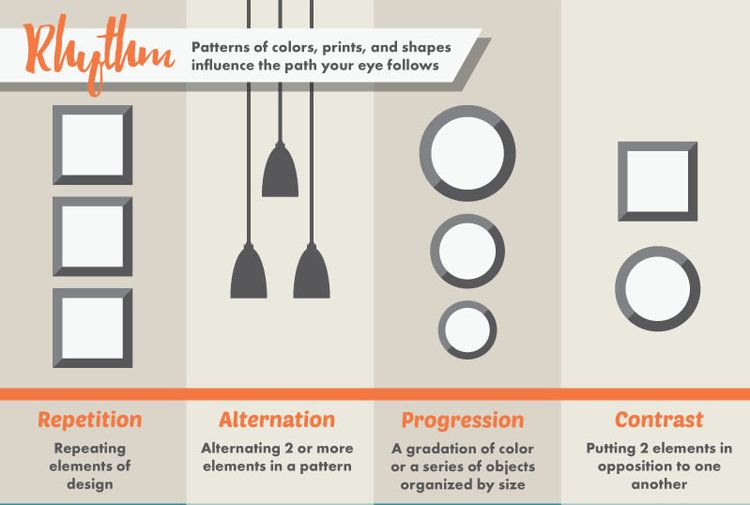 It can be various installations, sculptures, figurines and much more;
It can be various installations, sculptures, figurines and much more; - metal. Most often in the interior use products obtained by forging or casting;
- ceramics. Porcelain can be considered the most popular material for interior solutions. Decor items are often made from it, repeating various national and cultural motifs;
- plaster. Characteristic material for the manufacture of sculptures;
- glass. It is used to create both stained glass mosaics and individual accessories, including vases, lamps, etc.;
- different types of plastic and paper. Popular due to their availability and flexibility in processing. From plastic today you can get decor items of any size and shape;
- textiles. The material is also in demand for decoration. Firstly, some functional decorative elements are made from it, for example, curtains, as well as interior dolls, tablecloths, decorative pillows, etc.
- recyclable. A separate species, the popularity of which is growing every year, is the result of the processing of various materials for the purpose of their reuse.
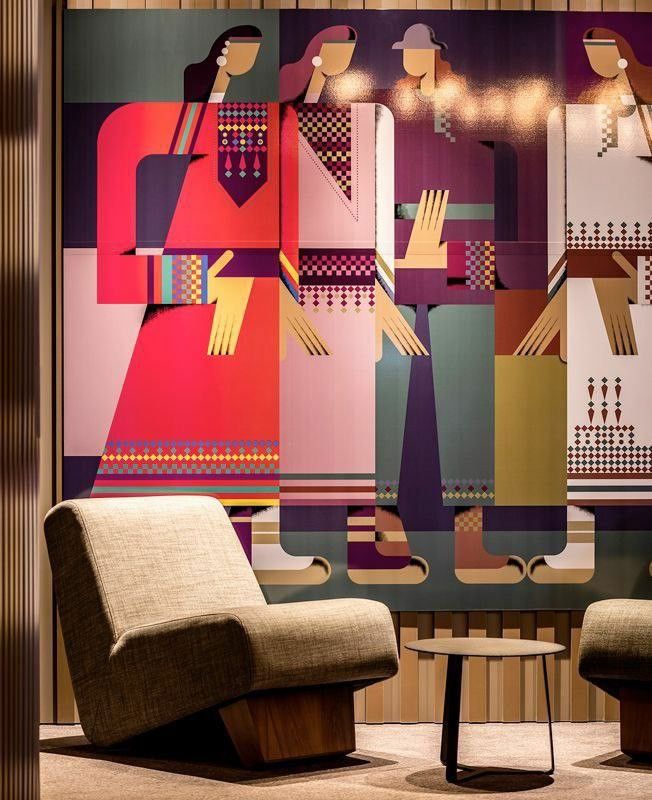 This is due, first of all, to the threatening environmental situation in the world. The use of recycled materials in decor, clothing and interiors is intended to draw attention to the problem of saving resources.
This is due, first of all, to the threatening environmental situation in the world. The use of recycled materials in decor, clothing and interiors is intended to draw attention to the problem of saving resources.
The use of wildlife elements in decor also addresses the issues of resource conservation. First of all, we are talking about stabilized flowers, greenery and moss. Since the live juice of such flora is replaced by a special saline or glycerin solution and ensures the preservation of a natural look from 5 to 10 years, the use of such material reduces the consumption of ordinary flora, while pleasing its owners for many years with a fresh look and lack of care.
Basic design rules
There are no strict restrictions or any prohibitions in terms of introducing various objects and decor elements into the interior. And the basic rules are advisory in nature. Let's highlight the main points:
- Compliance with style. Decoration in most cases is subject to stylistic motifs and design trends.
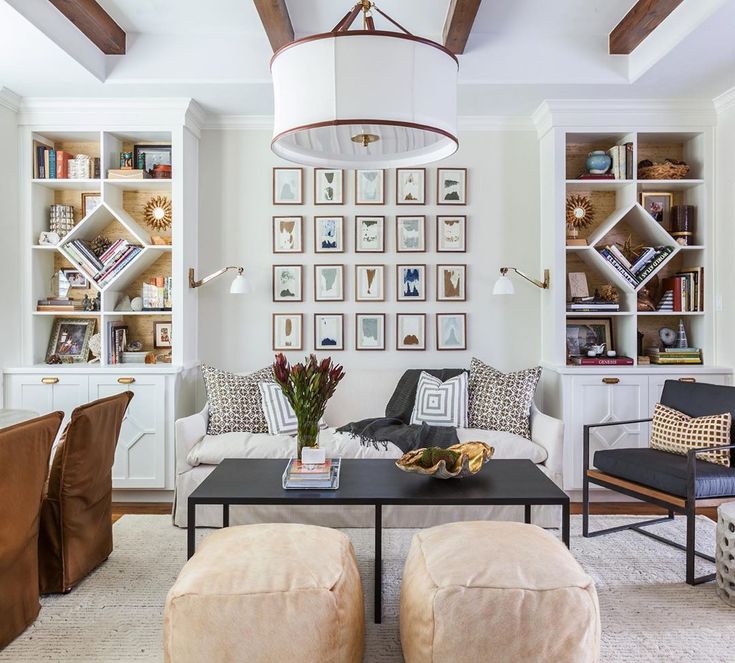 So exquisite items do not fit the style of minimalism or high-tech; classic decor is not always appropriate in a room decorated in Provence. Similarly, things created for an ultra-modern interior are unlikely to be suitable for shabby chic. But even here exceptions are possible, as eclecticism remains in trend.
So exquisite items do not fit the style of minimalism or high-tech; classic decor is not always appropriate in a room decorated in Provence. Similarly, things created for an ultra-modern interior are unlikely to be suitable for shabby chic. But even here exceptions are possible, as eclecticism remains in trend. - Quantitative match. Numerous decor is not welcome in all directions. So, minimalism hints that it is better to limit yourself to a small number of items or do without them at all. But the classics are conducive to luxury and abundance.
- Compliance with the size of the room. It is better not to overload a small room with an abundance of decor. It is also worth dwelling on small items, since large-scale decor will “eat up” all the free space. Large decor items are more suitable for spacious rooms.
- Compliance with the functionality of the room. Specialized rooms (such as the bathroom or kitchen) don't need a lot of decor. But the living room can be full of decorations.
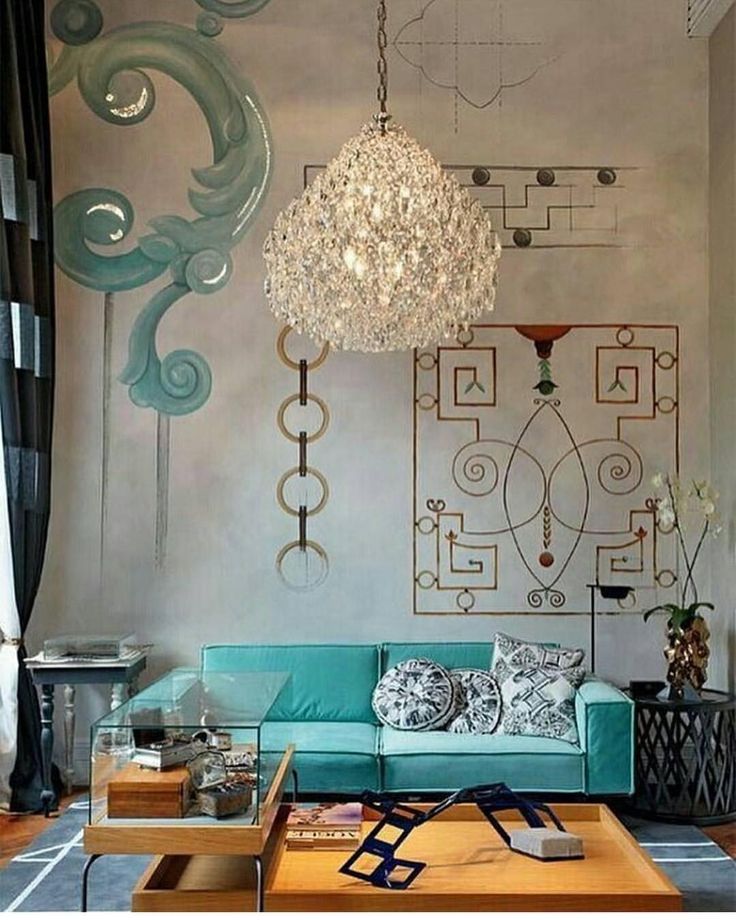 Plus, the decor itself can be universal or specialized. For example, figured small-capacity jars were clearly conceived for storing spices in the kitchen, but clocks are appropriate in any room.
Plus, the decor itself can be universal or specialized. For example, figured small-capacity jars were clearly conceived for storing spices in the kitchen, but clocks are appropriate in any room.
Eco design: the use of natural materials
Today's popular eco design is positioned as a direction that aims to bring purity and naturalness to interior design. As we noted earlier, it is based on natural materials, environmental safety and respect for nature.
Your commitment to eco-design can be emphasized not only through the use of natural materials in the decoration, but also through well-chosen elements and decor items that correspond to this "green" concept. There are really enough options, since almost any product can be created from wood, stone and textiles, from vases and lamps to complex compositions and installations.
Another win-win way to implement eco-design is landscaping. For this purpose, both natural greens, branches and leaves (primarily indoor plants) and stabilized analogues are suitable.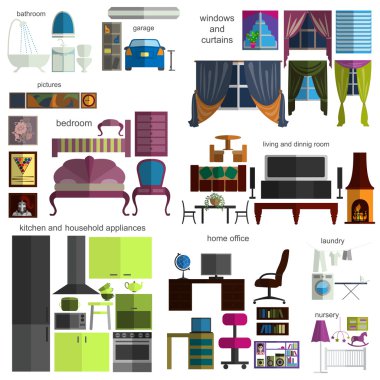 For example, using special moss for decor that does not need watering and sunlight, you can get various compositions, including phyto-pictures and panels, florariums, various figures and figurines. You can make them yourself or entrust the work to professional florist designers.
For example, using special moss for decor that does not need watering and sunlight, you can get various compositions, including phyto-pictures and panels, florariums, various figures and figurines. You can make them yourself or entrust the work to professional florist designers.
Read also:
Gifts for March 8
To come up with and order a gift for March 8 for your beloved women, you often have to rack your brains. As a rule, the choice necessarily falls on a bouquet of flowers. But they alone are not enough to make an unusual, bright and useful gift. Another thing is the original flower composition, which includes stabilized plants. Such a present is more...
02-03-2021 Report
Wishful gifts for March 8
This holiday is probably the most unusual among many other holidays. On March 8, from the very morning, the air is filled with turmoil, the smell of flowers and perfumes, the sound of heels and the rustle of beautiful outfits. But the main thing in this holiday is the eyes. They glow in anticipation of congratulations, compliments and gifts. It is difficult to find original gifts for March 8. There is...
But the main thing in this holiday is the eyes. They glow in anticipation of congratulations, compliments and gifts. It is difficult to find original gifts for March 8. There is...
01-03-2021 Report
How to surprise your beloved on February 14?
Lovely romantic holiday of the last winter month - St. Valentine's Day or Valentine's Day. Love is in the air at its best. On this day, the feelings of not only young couples in love are manifested, but also married couples, including those who have already lived together for many years. On February 14, it is accepted ...
15-01-2021 Report
Gifts for men
Choosing a gift for a man means thinking like a man. After all, it is easy for him to choose a present for his good friend, acquaintance, work colleague. For women, men's actions, their logic remain incomprehensible. Let's try to figure it out together. We offer some tips for choosing gifts for men: consider the reason for the planned congratulations; be sure to think about the character of your hero.